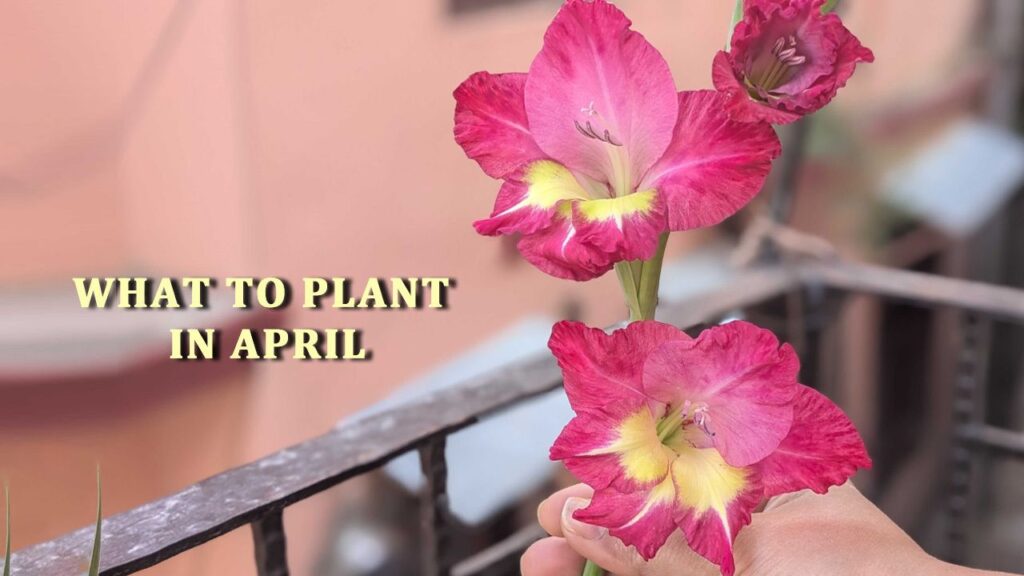The warm months are here, and with them arrive the busiest times in the garden. With the first mild days, it is time to start planting flowers, vegetables, and so many other tasks to finish. My small balcony garden is a thriving ecosystem of vibrant flowers and different vegetables. While I have been enjoying the bright orange of nasturtium, pinks of geraniums, and the purple of freesia since March, just today I saw the first of my gladiolus. The tomatoes are reaching a good height, and the peppers have germinated.
How is that possible? Well, I live in a slightly warmer climate (zone 8). I started some of my seeds indoors in February, so they were ready to plant outdoors in April. I sowed sunflowers (the usual golden and chocolate sunflowers) in mid-March directly in the ground, and now they are a foot tall.


Now, I am certain you are already on top of things. But if somehow you are behind your gardening tasks and still wondering what to plant in April, here’s a comprehensive guide to help you achieve the summer garden of your dreams.
What to Plant in April
April is the best time to plant different vegetable and flower varieties in your garden, despite how much space is available. Yes, the space availability is a factor, but if you have a 1×2 feet area, you can easily grow four tomato plants, one or two chili plants, a few heads of lettuce, and a few herbs and flowers. See? I told you, despite space limitations, you can always grow fresh produce.
So let’s see what vegetables you can grow in April. Most of these can be started indoors from seed and transplanted outdoors once the last frost date has passed.

Vegetables to Plant in April
- Tomatoes
- Chilies
- Peppers
- Courgettes (zucchini)
- Melons
- Cucumbers
- Beans
- Squash
- Broccoli
- Cabbage
- Turnip
- Potatoes
- Onion sets
- Beetroots
- Radish
- Okra
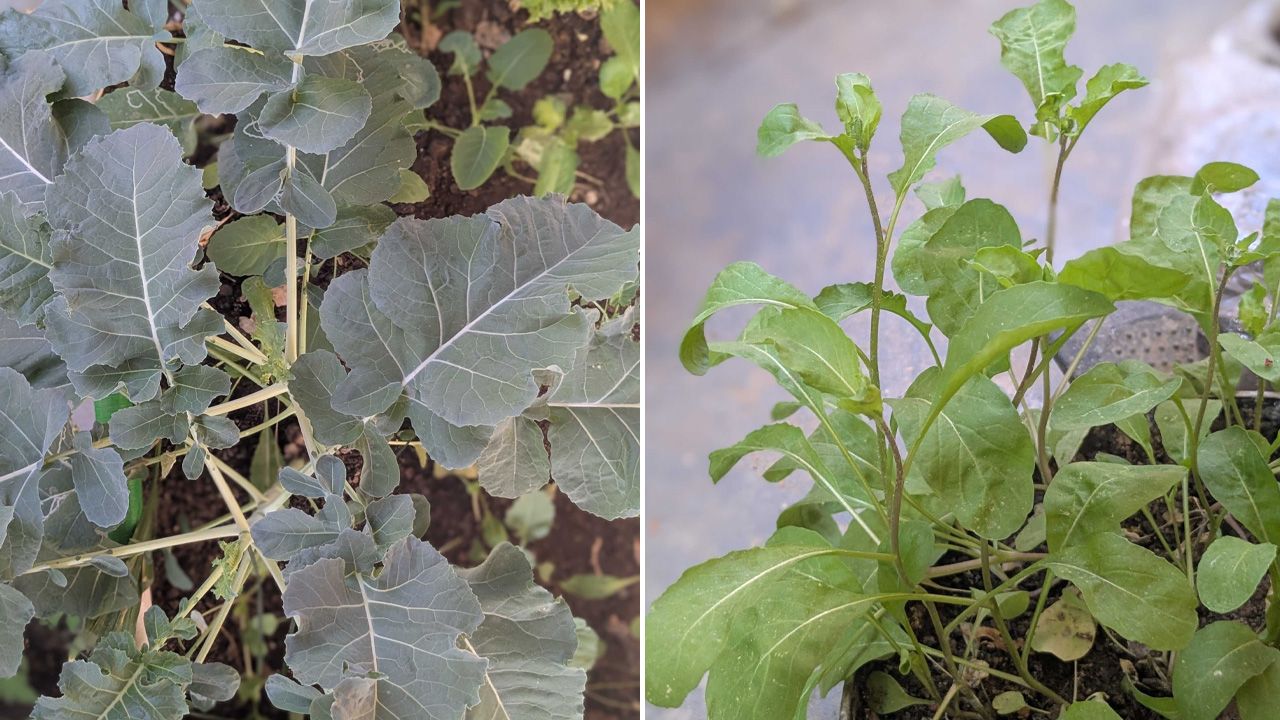
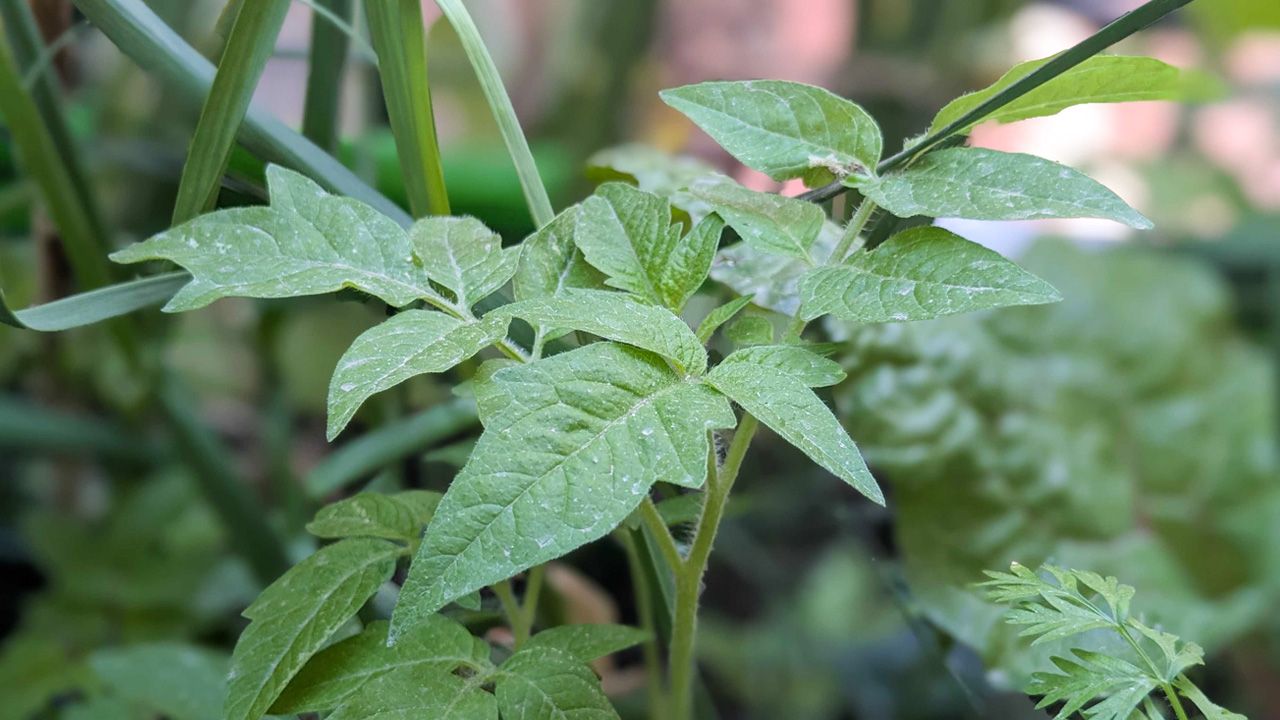

Flowers to Plant in April
- Marigolds
- Bachelor Buttons
- Nasturtiums
- Sweet Pea
- Sunflowers
- Coneflowers
- Black-Eyed Susan
- Columbine
- Coreopsis
- Yarrow
- Cosmos
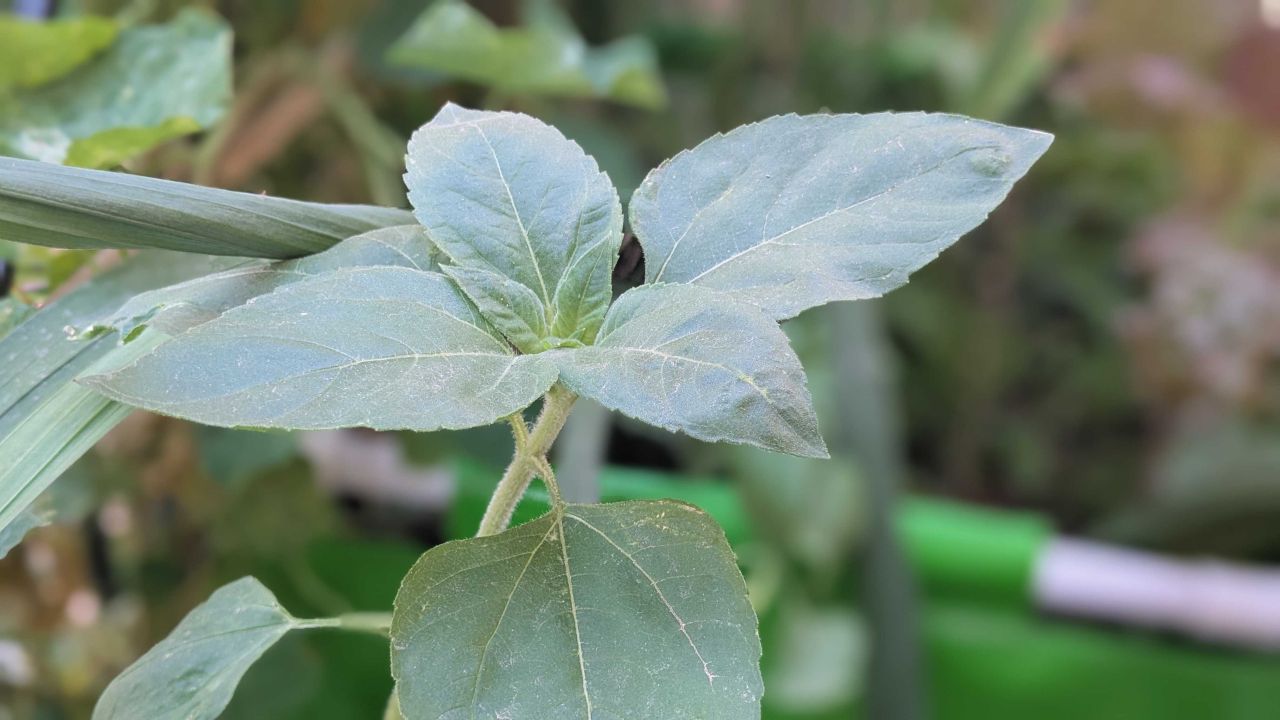
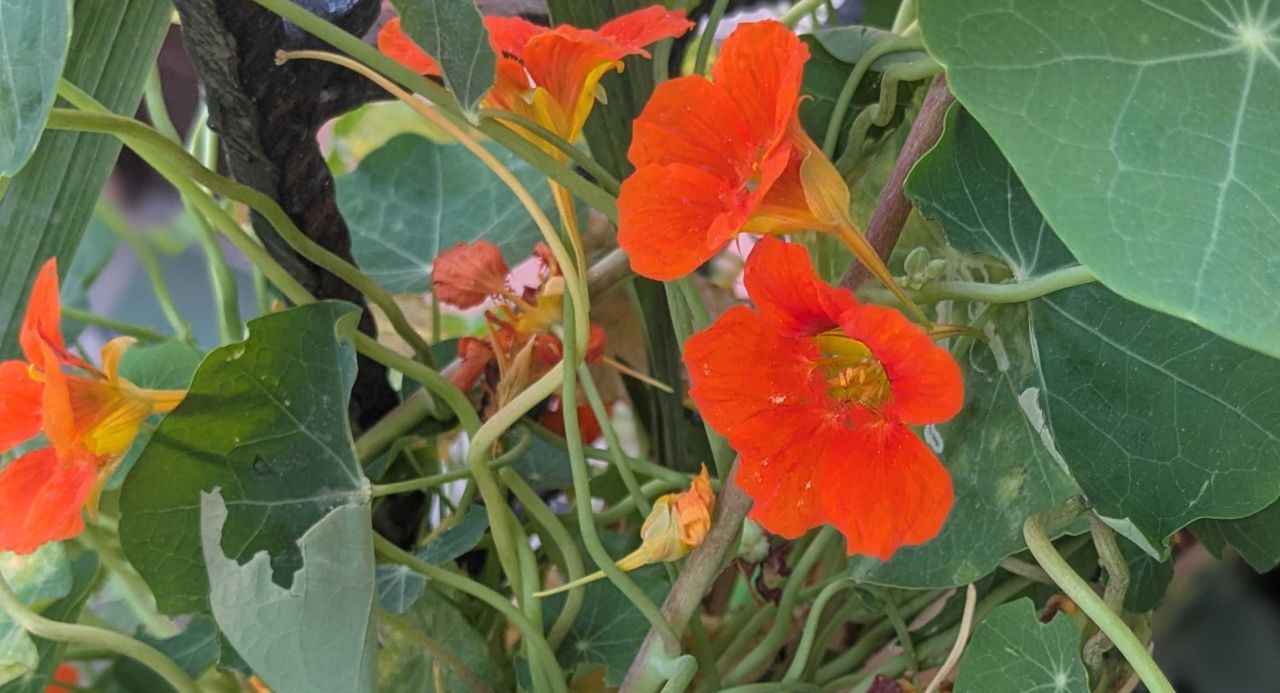
Soft Fruit Varieties to Plant in April
- Strawberry
- Raspberry
- Blueberry
- Figs
- Blackberry
- Cherry
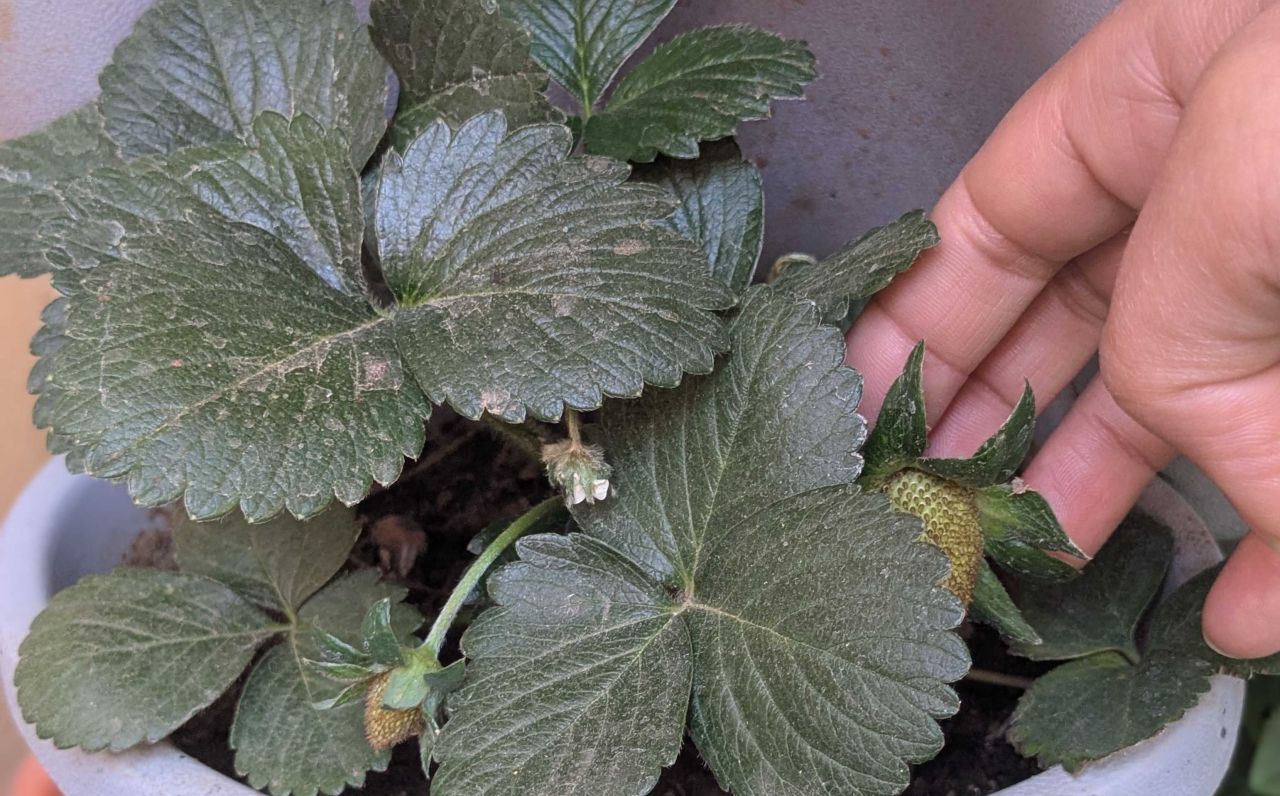
Tips on April Gardening
If you live in warmer zones (zone 8 and above), you can directly sow seeds in the garden. Gardeners in cooler zones can start seeds indoors and wait till the last frost date to pass before bringing seedlings outside. Alternatively, gardening in cooler zones is possible in cold frames, raised beds, garden cloches (which is something I haven’t worked with yet, or cold frames for that matter), and frost barrier tunnels.
The important thing to remember is that after winter months, the garden soil needs a gentle touch. It need to be loosened, weeds need to be removed, and a healthy dose of fresh compost should be added. One thing that I advise is never to rely on chemicals for weed removal or fertilizing. Use organic materials to enrich the soil and help encourage drainage.
If you have a dearth of space, you can sow seeds inside the house in small pots and containers and move them to bigger ones when placing them on the balcony or porch. You don’t need a big garden to grow vegetables. You can grow herbs, flowers, lettuce, peppers, strawberries, and tomatoes in containers.
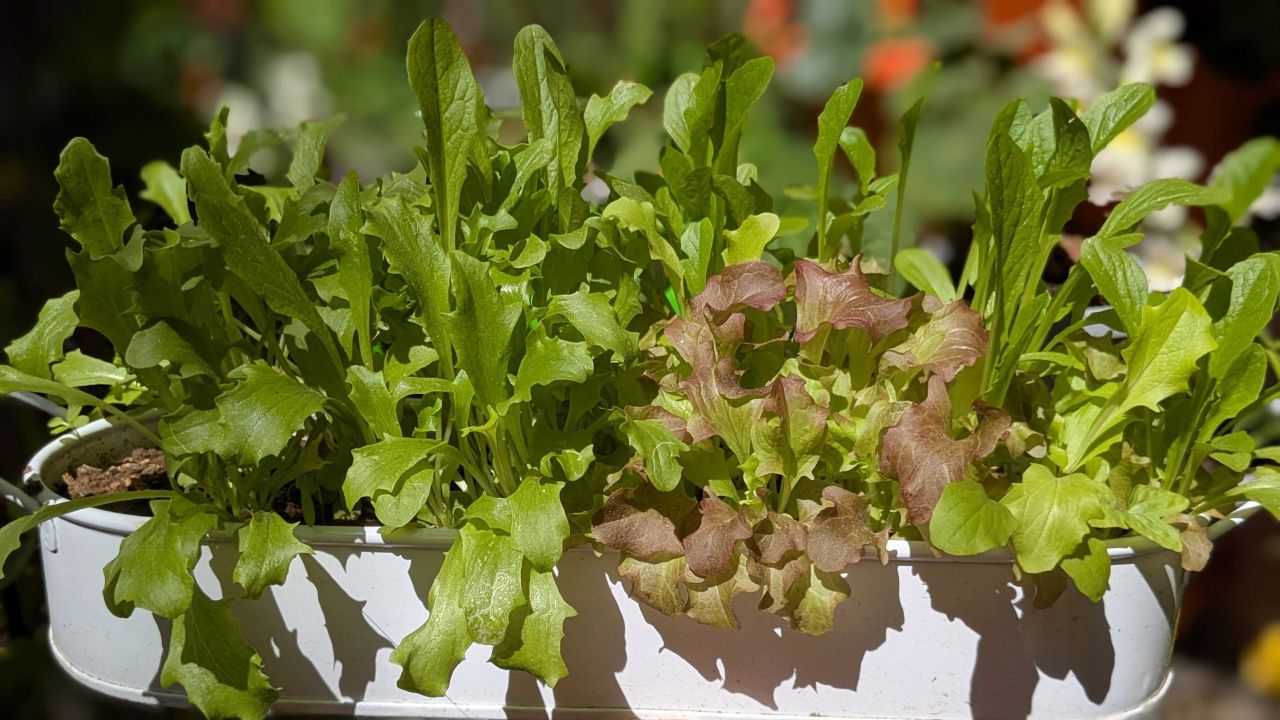
You should also start a small salad garden this spring. Don’t know how to do it? Well, here is your guide to a perfect spring salad garden.
Gardening Tasks for April
Now you may think that planting is the only task for April. That is not true. Once you are done with planting, there are a handful of gardening jobs that need to be tended.
- Clear and prepare flower beds to encourage healthier plant growth
- Deadhead spring-flowering plants and remove faded flowers from bulb flowers without cutting the foliage
- Tie the stems of climbing flower plants like climbing roses, clematis, and honeysuckle, and ensure to add support
- Prepare the lawn for summer by removing dead moss and weeds, and repairing bare patches
- Plant in containers, troughs, and hanging baskets. Keep them in a sheltered area or the greenhouse, and move them out in late May
- Tend to the trees, shrubs, and hedges. Rake into the soil around them, feed them with a slow-release fertilizer
- Ensure to water newly-planted fruit trees or bushes, dig in a slow-release fertilizer, and add mulch to help with moisture retention
- Remove weeds and stones from vegetable beds. Add a layer of compost or well-rotted manure to enrich the soil
- Start warmth-loving herbs to last through summer
- Plan on rainwater harvesting to utilize in irrigation
Make pollinators a priority, and therefore, stay clear of chemical sprays in your little garden. Pollinators, soil microorganisms, and small wildlife in your garden are signs of a healthy ecosystem. That’s about it. Well, don’t just sit. Get to work.
I will see you next month with more updates from my garden, and we’ll take some account of yours too. Happy gardening, my lovelies!
Follow Homecrux on Google News!
